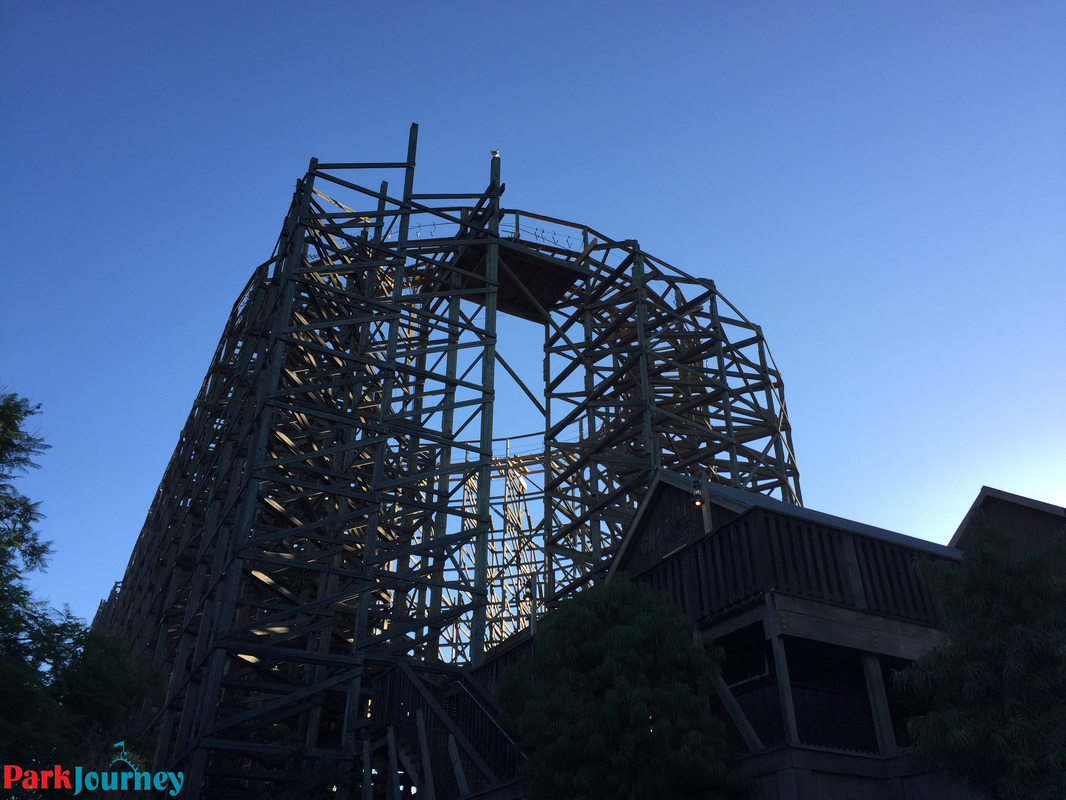
The ride is inspected each morning, but nothing would have appeared abnormal from the outside, he said, and the roller coaster operated safely for an hour before the accident. Eventually, the wood poked up enough to catch on the bottom of the roller-coaster train, causing it to flip toward the passengers, he said. Over time, Falfas said, the flexing wiggled loose a three-inch nail in the place where the accident occurred. I want to be sure I’m buckled in right, and I don’t think I want to leave that to the discretion of an underaged worker.”įalfas, Knott’s general manager, said the park’s safety measures include daily inspections of the stack of boards over which Ghost-Rider travels, a structure designed to flex under stress.

“Two hundred feet up is plenty high, and I’d want to be sure a trained adult is checking my safety. “Why is a non-adult responsible for making sure these people are safe at 200 feet in the air?” Odabashian said. She said she was especially disturbed to learn that workers checking harnesses at the Drop Zone ride were teenagers so young their names cannot be released. Elisa Odabashian, a senior policy analyst for the organization, said most of the low-income people for whom her group works would probably be surprised to learn that there are no state standards for or inspections of amusement parks. “For something that doesn’t happen that frequently, it’s been happening with real frequency,” said Kathy Dresslar, a Sacramento lobbyist for the nonprofit Children’s Advocacy Institute in San Diego.Īnother supporter of regulation is Consumers Union. But in the wake of a fatal Christmas Eve accident at Disneyland, which state officials blamed on inadequate training, the cries for regulation have intensified. Many industry officials contend they do a better job of policing safety than state inspectors would do, and indeed major accidents are rare. The Assembly already passed the measure but must approve Senate changes before the bill goes to Gov.
Cost rider knotts full#
The highly competitive amusement park industry, which has been using computers to design ever-scarier thrill rides, is not regulated nationally, and state laws vary considerably.Ī bill to require statewide inspections in California, one of a dozen states with no regulation of permanent amusement park rides, won approval Monday before a key state Senate committee and is pending before the full Senate. parks and at one near Toronto.īut Paramount Parks spokeswoman Susan Lomax said witnesses told investigators that Fan was acting inappropriately on Shockwave and caused his own death. Pending resolution of investigations, they also closed similar rides at Paramount’s two other U.S. Paramount officials immediately shut down both the Drop Zone and the Shockwave rides. Fan died while riding the Shockwave, a 50-mph stand-up roller coaster that turns riders upside down several times. Park spokesman Timothy Chenaud denied the harness had come open, saying it was closed when the chair reached the ground.Īt Paramount’s amusement park in Virginia, just north of Richmond, officials blamed “rider misconduct” for the Monday night death of Timothy Fan, 20, of Long Island, N.Y. Anton Morec said the worker assigned to check the harness was a seasonal employee under 18 years old, but the officer refused to divulge the name.

The boyfriend of the boy’s mother, who rode along with Joshua, told police that no one checked the harnesses and that Joshua’s came open when the ride, after a 100-foot free-fall, was suddenly slowed by a magnetic braking system.


Police are focusing on whether the worker assigned to check Joshua’s harness was adequately trained and whether the worker checked the harness.


 0 kommentar(er)
0 kommentar(er)
